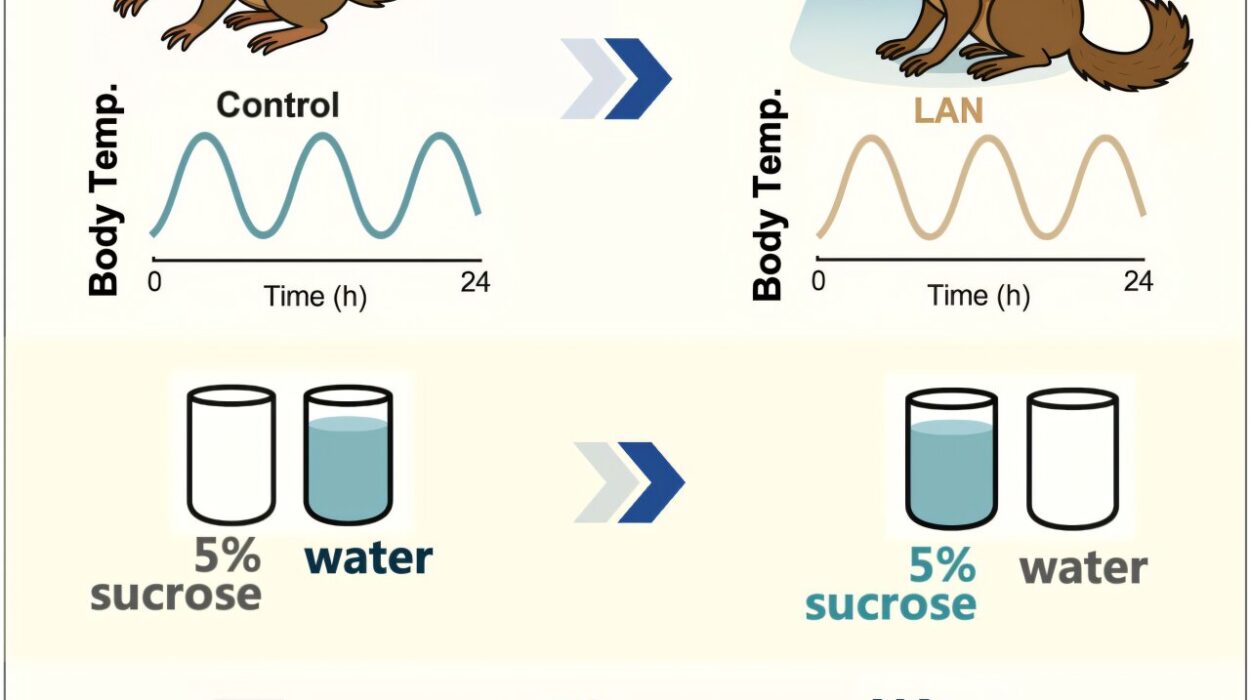It’s a fact of life: not everyone ages the same way. Some people step into their 80s and 90s with sharp minds, strong bodies, and vibrant social lives. Others begin battling diabetes, memory decline, or mobility issues decades earlier. One person may bounce back from a bad fall or a tough flu, while another never fully recovers.
This unevenness in aging has long puzzled scientists and doctors. Why does time treat people so differently? New research led by the University of Colorado Boulder offers a groundbreaking answer. Published in Nature Genetics, the study identifies more than 400 genes linked to different forms of accelerated aging—what scientists call “frailty.”
The findings open the door to a more personalized understanding of aging and may one day help doctors target not just individual age-related diseases, but the very biological roots of aging itself.
Understanding Frailty: More Than Just Weakness
In medicine, frailty is a broad term that captures the gradual decline across multiple systems in the body that often accompanies aging. It includes both physical and cognitive challenges: slower walking, weaker grip strength, memory lapses, chronic illnesses, and even shrinking social engagement.
More than 40% of U.S. adults over the age of 65 are considered frail. Doctors typically measure frailty with a 30-point index that accounts for mobility, cognition, illness, and activity. But this method has its limits. Two people may have the same frailty score yet live very different realities. One may be physically strong but cognitively impaired, while another may be mentally sharp but physically limited.
This lack of precision has made it difficult to develop treatments. As Dr. Kenneth Rockwood, a leading frailty expert from Dalhousie University and co-author of the study, explains: “Aging is not just one thing. There are many ways to be frail.”
Cracking the Genetic Code of Aging
To unravel this complexity, researchers conducted one of the largest genetic studies of aging ever performed. Using data from hundreds of thousands of people in the UK Biobank and other large public datasets, they conducted a genome-wide association study (GWAS). This approach scans the entire DNA sequence of individuals, looking for genetic variations linked to specific traits—in this case, different signs of frailty.
The results were striking. The team identified 408 genes associated with accelerated aging, a giant leap from the 37 genes previously known. What’s more, they discovered that different sets of genes influence different “subtypes” of frailty.
For example, the SP1 gene, which plays a role in immune function and has been linked to Alzheimer’s disease, was strongly associated with cognitive frailty. Meanwhile, the FTO gene, long tied to obesity, was linked to metabolic frailty and unhealthy aging in several categories.
These findings reveal that frailty is not a single, uniform process but a collection of overlapping biological pathways. Just as there are many ways to stay healthy, there are also many ways to age unhealthily.
The Geroscience Hypothesis: Treat Aging Itself
The study adds weight to a growing scientific idea known as the geroscience hypothesis. This theory suggests that instead of treating each age-related disease separately—diabetes, dementia, heart disease—we should address the underlying biological processes of aging itself.
Dr. Isabelle Foote, lead author of the study and a postdoctoral researcher at CU’s Institute for Behavioral Genetics, puts it this way: “To be able to identify treatments to stop or reverse accelerated biological aging, you need to know what the underlying biology is. This is the largest study yet to use genetics to try to do that.”
By identifying specific genes and pathways that drive different kinds of frailty, researchers are laying the foundation for therapies that could slow—or even reverse—unhealthy aging.
Toward Personalized Aging Profiles
What could this mean in practice? In the near future, frailty assessments could evolve to capture the different subtypes identified by the study: cognitive, metabolic, physical, lifestyle, disease-related, and social.
Instead of a single score, doctors might be able to say:
- You are cognitively frail but physically resilient.
- You are metabolically vulnerable but socially strong.
This nuance would allow for targeted interventions. A patient showing early signs of cognitive frailty could receive preventive care aimed at protecting memory and brain health. Someone with metabolic frailty might focus on preventing diabetes or cardiovascular disease.
Foote envisions a future where individuals could receive a polygenic risk score, a genetic profile that predicts their specific vulnerabilities in aging. Such insight could help people take proactive steps decades before frailty sets in.
The Possibility—and Limits—of an Anti-Aging Pill
Of course, the ultimate goal would be to go beyond prevention and create therapies that tackle the biology of aging head-on. Could there one day be a pill that slows or reverses aging?
The researchers are cautious. “It’s probably not going to be a single magic pill to address all the diseases that come with aging,” says Dr. Andrew Grotzinger, senior author of the study. “But maybe it doesn’t need to be hundreds anymore.”
Instead, we might see families of treatments: one set of drugs targeting metabolic decline, another targeting cognitive decline, and so on. While the dream of universal anti-aging medicine remains distant, this research shows that aging may be far more malleable than once believed.
Rethinking Aging as a Treatable Condition
The discovery of over 400 genes linked to frailty challenges the idea that aging is an unstoppable, uniform march toward decline. It suggests instead that aging is a mosaic, shaped by different biological pathways that could potentially be slowed or altered.
For society, the implications are enormous. As populations age worldwide, the burden of chronic illness is growing. By addressing aging itself rather than its downstream diseases, medicine could shift from endless disease management to true prevention and resilience.
For individuals, the message is equally powerful: the way we age is not written in stone. Genetics play a role, but so do lifestyle, environment, and medical advances. By understanding frailty in greater depth, we may be able to add not just years to life, but life to years.
More information: Isabelle F. Foote et al, Uncovering the multivariate genetic architecture of frailty with genomic structural equation modeling, Nature Genetics (2025). DOI: 10.1038/s41588-025-02269-0






